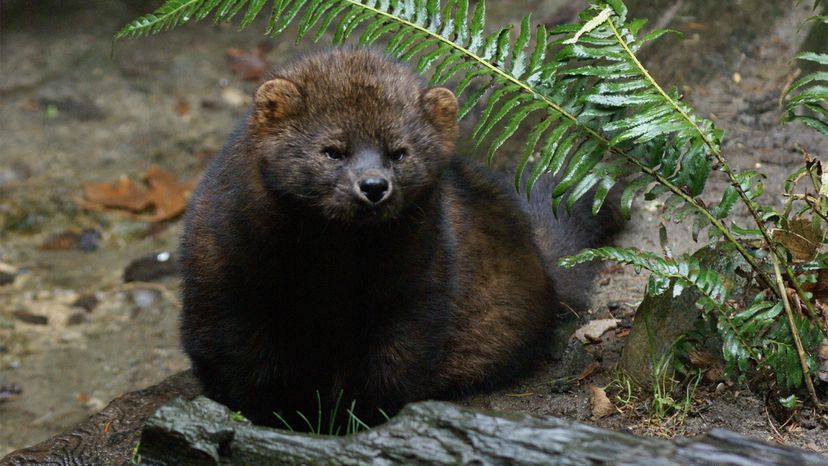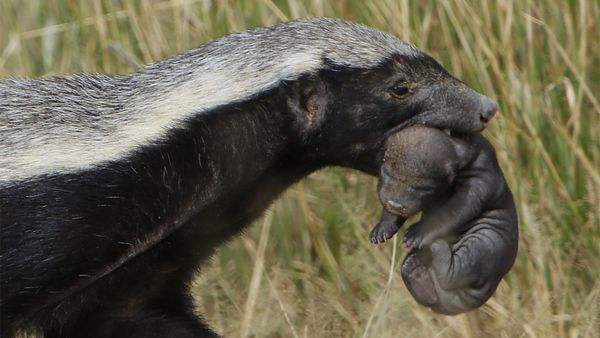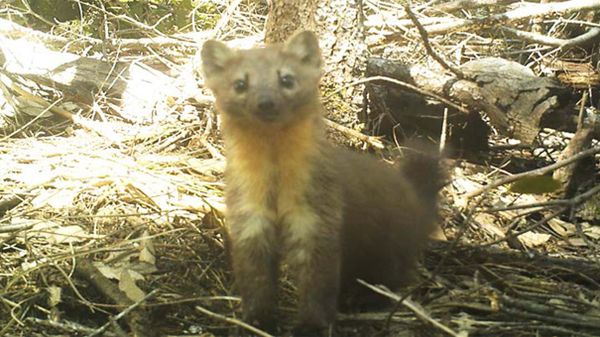Scientists still aren't totally sure what species the fisher kills and why, and vice versa. "It's interesting because there's still stuff that's unknown," Kays says. "On the East Coast, they're doing really well and the population is growing, even with the limits of fur trapping, they're expanding into Maryland, Virginia, West Virginia, and Pennsylvania. And in the Midwest, they're doing okay. But on the West Coast, they're doing much worse. One possibility is that fishers in the West are being killed by predators like wolves and pumas, which we don't have in the East. But a strange nugget of info is that in the West, bobcats sometimes kill fishers. A lynx is bigger than a bobcat, but there are five solid records of fishers killing lynx in Maine. So, on one coast, weasels are killing cats, and on the other coast, cats are killing weasels. Maybe the eastern fishers are more badass or eastern cats are just pussycats?"
Ultimately, experts say fishers aren't actually out to get us or our pets. In fact, humans are the biggest threats to the fisher population, thanks to overharvesting for pelts, and logging and road building leading to loss of forest habitat. We're also responsible for the climate change potentially increasing the frequency of fires throughout the fisher's habitat.
"Fisher furs were worth a lot of money in the 1800s and early 1900s," Kays says. "If a hunter saw a fisher, he'd drop everything he was doing and chase it. They were given protection in the 1930s — they were really bad off, but slowly recovered and there were a variety of conservation efforts that led to the population getting better. Then they legalized trapping, but it's not that common in certain areas — certainly not in suburban areas." Another reason the fisher likes to call suburbia home.
So what do you do if you suspect you're staring down a fisher in the streets?
"Just get excited, it's awesome," Kays says. "There's nothing to fear — they don't attack people, and they're probably not going to come after pets. They're always on the move, so you'll usually just get a quick glimpse, and in urban areas, they're pretty nocturnal. So you might see a black thing running quickly at night, but you probably won't know if it's a fisher or house cat."



